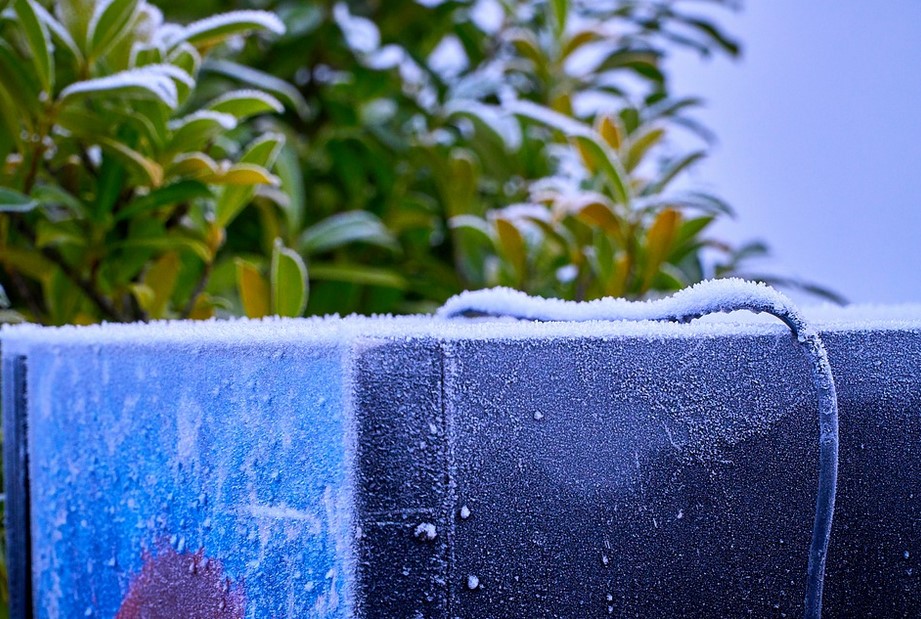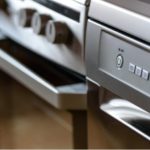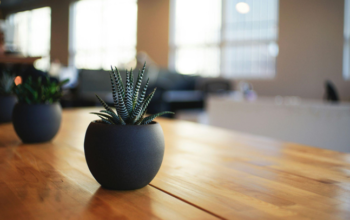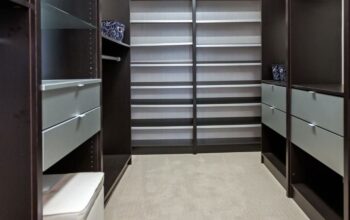Is your refrigerator leaking, making noises, or having other issues? You don’t necessarily need to call a repairman right away. It’s definitely worth trying to troubleshoot the appliance yourself. While many refrigerator issues require professional skills and experience to fix, some are simple enough for a dedicated homeowner to tackle.
1) Water Leaking Out the Bottom of the Fridge
A leaking refrigerator is usually the result of one of three things: a bad door gasket, a full drain pan, or a clogged defrost drain. If water is building up in the bottom of your fridge, check the defrost drain first. When it’s working normally, this drain allows water that condenses on the freezer compartment to drain into the drain pan. If it gets clogged, it’s most likely because it’s frozen up. You can probably unclog it by squirting hot water into it with a basting syringe to melt any ice in the pipe. Use a long, thin plumber’s snake to check for debris in the pipe that could be contributing to the clog.
You should also check the drain pain under the fridge. It might simply be overflowing, and need to be emptied and cleaned. Wash it with hot, soapy water and replace it.
The rubber gasket around your refrigerator door may also cause the appliance to leak water if it’s damaged and can’t create a good seal. Clean any debris or residue from the gasket, and check it for signs of damage. If it’s damaged, you should replace the gasket.
2) Loud Noises
It’s normal for a refrigerator to make some noises, but new noises are a sign that something needs to be addressed. If your refrigerator is making new noises, start by checking that it is level. If it isn’t, adjust the legs until it is. The fridge should be level side-to-side, but the front should be about a quarter inch higher than the back, so that the doors close on their own when left halfway open. Because the floors may be slightly uneven due to your house settling, you may need to adjust each leg to a different length.
If you’re getting weird buzzing sounds from the ice maker, it could be that the ice maker isn’t getting any water to make ice. Turn the ice maker off and check that the supply valve for that water line is turned on. Check for leakage under the fridge to make sure that the water line supplying the ice maker is intact. Usually, you will notice a burst or leaking water line in your refrigerator because it will create a substantial leak. While you can replace a leaking water line yourself, it may be easiest to get a repairman to look at it. You can use a home services company like Candu Home Services to find a vetted service professional. While you’re waiting, stop the leak by shutting off the water to the fridge.
Rattling noises from the back of the fridge could be a sign that the fan grommets need to be replaced. You can take off the access panel at the back of the fridge and replace the fan grommets.

3) Too Cold
If your fridge is getting too cold, check the damper between the freezer and fridge compartment to make sure it’s not stuck open. The thermostat controls the damper, so if you’re having trouble with a damper that won’t close, the culprit is probably a bad thermostat. It’s easy enough to swap out the old thermostat with a new one — just use your owner’s manual to find out where the thermostat on your fridge is located.
4) Not Cold Enough
If your fridge isn’t getting or staying cold, first check the temperature settings to make sure they haven’t been reset accidentally. Your fridge should be between 37 and 40 degrees Fahrenheit in the cooling compartment.
If the temperature setting is normal, pull it out from the wall and vacuum the dust and debris from the coils. You should do this every six months or so to keep your fridge functioning at maximum efficiency. Check the door gaskets or damage or residue, and replace them as needed. Make sure nothing is shoved up against the cooling vents inside the fridge, blocking them. If your fridge still won’t get cold enough, you probably need a new thermostat.
5) The Ice Maker Isn’t Making Ice
If your ice maker isn’t making ice, it’s probably not getting water. Check the inlet hose to make sure it’s not clogged with ice. Go to the saddle valve that connects your refrigerator water line to the main water line — turn it clockwise until it’s firm and tight to remove mineral deposits that could be clogging it up, and then open it again. If it’s still struggling, try replacing the water inlet valve on the refrigerator.
You don’t need to call a repairman every time your fridge acts up — you can fix many fridge problems yourself. If you can fix your own issue, you’ll not only save money — you’ll get your fridge fixed a lot faster than you otherwise would have.
Related Posts
Hi there! I’m Sethu, your go-to guy for all things tech, travel, internet, movies, and business tips. I love sharing insights and stories that make life more interesting. Let’s explore the world together, one article at a time!











